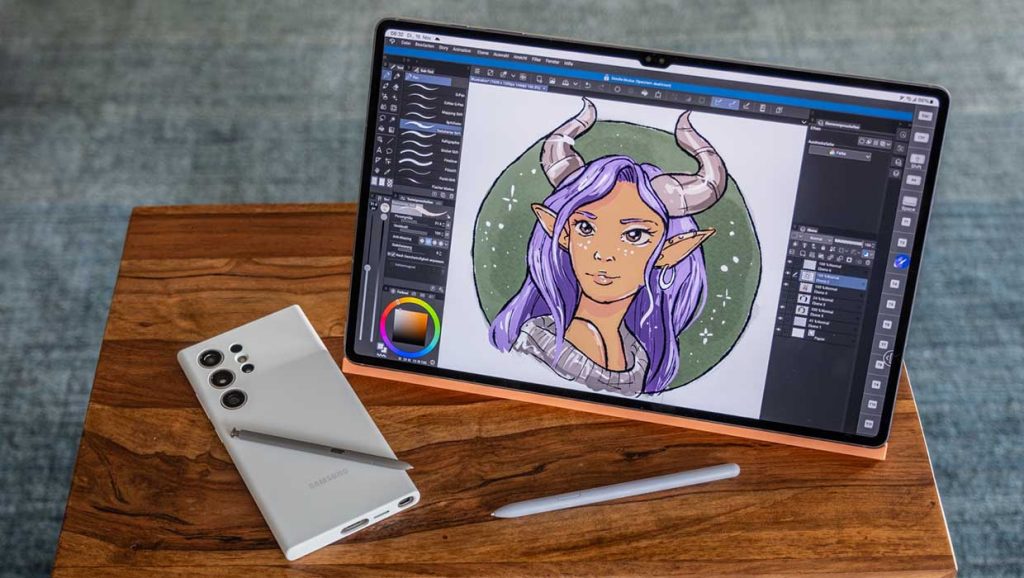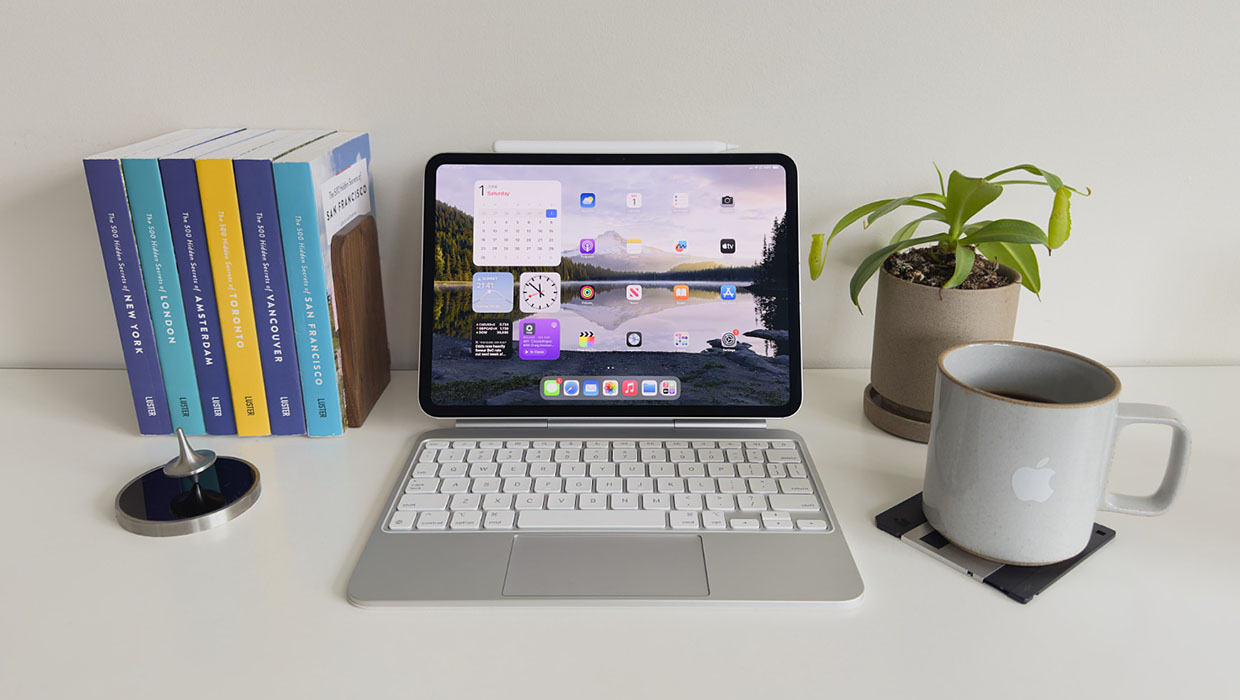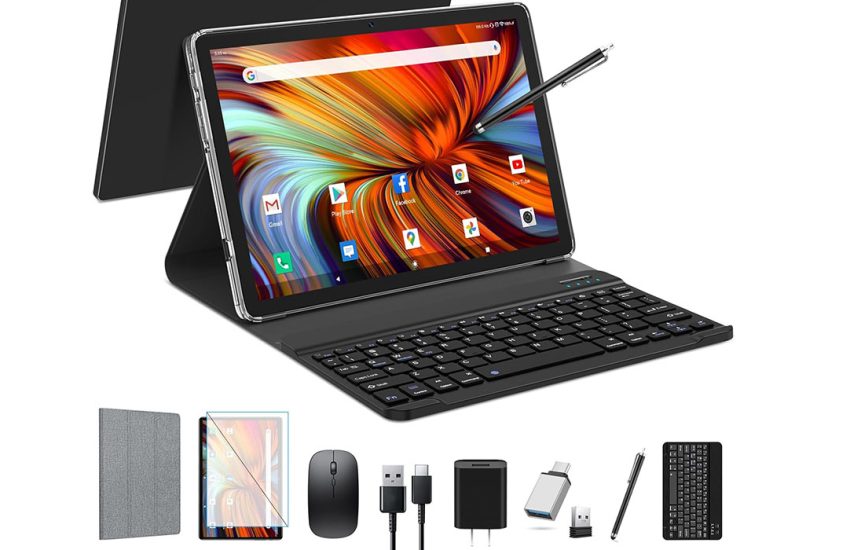Can a Tablet Replace a Laptop? These Models Might Surprise You
With mobile work and remote learning now the norm, the question has shifted from “Can a tablet replace a computer?” to “Which tablet can truly get the job done?” In the past, tablets were seen as content consumption devices, limited by their processing power, lack of software support, and insufficient accessory compatibility. But in 2025, everything has changed. Thanks to powerful new chipsets, improved cross-platform ecosystems, and professional-grade accessories, flagship tablets are now legitimate contenders to replace ultraportable laptops.
Gazelle.com – Buy Smart. Sell Easy.
Trade in your old phone, tablet, or laptop at Gazelle.com and get instant cash offers.
Or shop certified pre-owned devices that look and work like new — all fully tested and guaranteed.
Simple. Secure. Sustainable.
I’ll dive into several of the top-performing tablets from the perspectives of performance, ecosystem compatibility, accessory support, battery life, and overall value. If you’re looking for a single device to handle everyday work, learning, entertainment, and light content creation, keep reading.
1. Performance First: Why Tablets Are Becoming More Like PCs
The key driver behind the tablet-to-PC evolution lies in the massive leap in chip performance. Apple’s M-series chips, the debut of the Snapdragon X Elite, and energy-efficient innovations by Qualcomm and MediaTek have given tablets near-desktop-level capabilities. Let’s break down the performance of leading models from Apple, Samsung, Microsoft, and Huawei.
Apple iPad Pro (M4 Chip)
• Chipset: Apple M4 (3nm TSMC)
• Display: 12.9″ OLED (Ultra Retina XDR)
• Storage: Up to 2TB
• System: iPadOS 18 (coming with split-window multitasking and desktop customization)
• Accessories: Magic Keyboard Gen 2, Apple Pencil Pro
• User Experience: The iPad Pro M4 outperforms most ultraportables in CPU and GPU tasks, handling video editing, graphic rendering, and DAWs with ease. The Apple Pencil Pro adds advanced pressure sensitivity and gyroscope-based input for creatives.
• Best For: Designers, video editors, users embedded in the iOS ecosystem
• Where to Buy: Apple.com, Amazon Global; student discounts available
Samsung Galaxy Tab S10 Ultra
• Chipset: Snapdragon X Elite Gen 1
• Display: 14.6″ Dynamic AMOLED 2X with HDR10+
• Storage: Starts at 256GB, expandable via MicroSD
• System: One UI Tab (Android 15-based, includes DeX Desktop Mode)
• Accessories: Official Keyboard Cover, Magnetic S Pen
• User Experience: Still the performance leader among Android tablets. In DeX mode, it functions like a PC. Snapdragon X Elite ensures smooth multitasking even with ten apps running.
• Best For: Multitaskers, Android enthusiasts, business professionals
• Where to Buy: Samsung.com, JD.com, Amazon (consider Prime Global for international users)

Microsoft Surface Pro 10 (Snapdragon Version)
• Chipset: Snapdragon X Elite for Windows
• Display: 13″ PixelSense Flow, 120Hz refresh rate
• Storage: From 256GB to 1TB
• System: Windows 11 Pro
• Accessories: Surface Keyboard Cover, Slim Pen 3
• User Experience: With its shift from Intel to Snapdragon, battery life now exceeds 16 hours with less heat generation. Runs full Windows software natively, including Office Suite, Adobe apps, and development tools—making it a true laptop replacement.
• Best For: Windows loyalists, mobile professionals needing long battery life
• Where to Buy: Microsoft Store, Amazon, BestBuy (international shipping available)
Huawei MatePad Pro 13.2
• Chipset: Kirin 9000s 5G
• Display: 13.2″ OLED with 94% screen-to-body ratio
• System: HarmonyOS 4.2 (supports multi-screen collaboration, desktop-level window management)
• Accessories: Smart Magnetic Keyboard, M-Pencil Gen 3
• User Experience: Lacks Google services, but excels within China’s digital ecosystem. Excellent for document processing, design, and collaborative work, especially when used alongside other Huawei devices.
• Best For: Domestic users, enterprise document handlers, multi-device productivity
• Where to Buy: Huawei.com, Amazon China, some Hong Kong models support full 5G
2. Ecosystem and Software Compatibility: Can It Handle Real-World Work?
A tablet’s potential to replace a laptop depends not just on hardware, but also on its system and ecosystem. In 2025, these ecosystems have made serious progress in multi-tasking, file management, and professional-grade applications.
• iPadOS 18: Features advanced file management, multi-window functionality, and support for external monitors with independent UI. Coupled with Final Cut Pro for iPad, Logic Pro, Notion, and LumaFusion, it enables serious professional use.
• Samsung DeX: The most mature PC-mode in Android tablets. With a monitor and keyboard/mouse, it mimics Windows productivity, supporting browsers and Office apps fluidly.
• Windows 11 on ARM: Surface Pro 10’s killer feature. Full support for Windows applications including Adobe Suite, Office 365, and development tools. A native desktop experience.
• HarmonyOS 4.2: Excellent for seamless device interaction—drag-and-drop files, remote camera use, and multitasking across Huawei phones, tablets, and smart TVs.
3. Battery Life, Portability, and Accessory Ecosystem
Tablets’ edge over laptops lies in battery life and portability. Here’s how each flagship model fares:
| Model | Real-World Battery Life | Weight (with Keyboard) | Notable Accessories |
| iPad Pro M4 | 12 hours | 1.2 kg | Apple Pencil Pro, Magic Keyboard Gen 2 |
| Galaxy Tab S10 Ultra | 13 hours | 1.1 kg | S Pen, Keyboard Cover, HDMI-out |
| Surface Pro 10 | 15.5 hours | 1.3 kg | Slim Pen 3, Magnetic Keyboard |
| MatePad Pro 13.2 | 14 hours | 1.05 kg | M-Pencil Gen 3, Magnetic Keyboard |
If you’re commuting, traveling, or constantly mobile, a lightweight tablet with long battery life can be even more practical than a laptop. USB-C and fast charging support make a big difference for on-the-go recharging.

4. Real-Life Scenarios Where Tablets Now Outperform Laptops
- Remote Work: Hosting Zoom/Teams meetings, editing documents and spreadsheets, annotating PDFs
- Content Creation: Editing short videos, digital drawing, podcast recording, image manipulation
- Student Learning: Online classes, note-taking, research, beginner-level coding (Swift, Python)
- Business Travel: Handling emails, presenting slideshows, signing documents, QR-based operations
- Home Entertainment: Streaming, music, gaming, video calls
In all these use cases—once the exclusive domain of laptops—today’s top-tier tablets now deliver a smoother and more convenient experience.
5. Buying Advice: Match the Device to Your Use Case
• For Creatives: Go with the iPad Pro M4—especially for drawing, video editing, or music production.
• For Windows Users: Surface Pro 10 provides unmatched compatibility with desktop applications.
• For Android Fans: Choose the Tab S10 Ultra for its flexibility, display, and multitasking tools.
• For Huawei Ecosystem Users: The MatePad Pro line offers powerful integration with other devices for seamless productivity.
6. A Tablet Isn’t Just a “Laptop Alternative”—It’s the Future of Work
By 2025, tablets are no longer “toys” or merely for light use. They’ve evolved into versatile, touch-enabled, stylus-ready, expandable productivity hubs. With increasingly rich software ecosystems and seamless cross-device collaboration, a powerful tablet is now an essential tool for modern work and lifestyle.
If you’re still unsure whether it’s time to move on from your aging laptop, consider one of the above high-performance tablets. From performance to portability, accessories to app support, these devices are ready to help you thrive—wherever your work takes you.


-850x550.jpg)